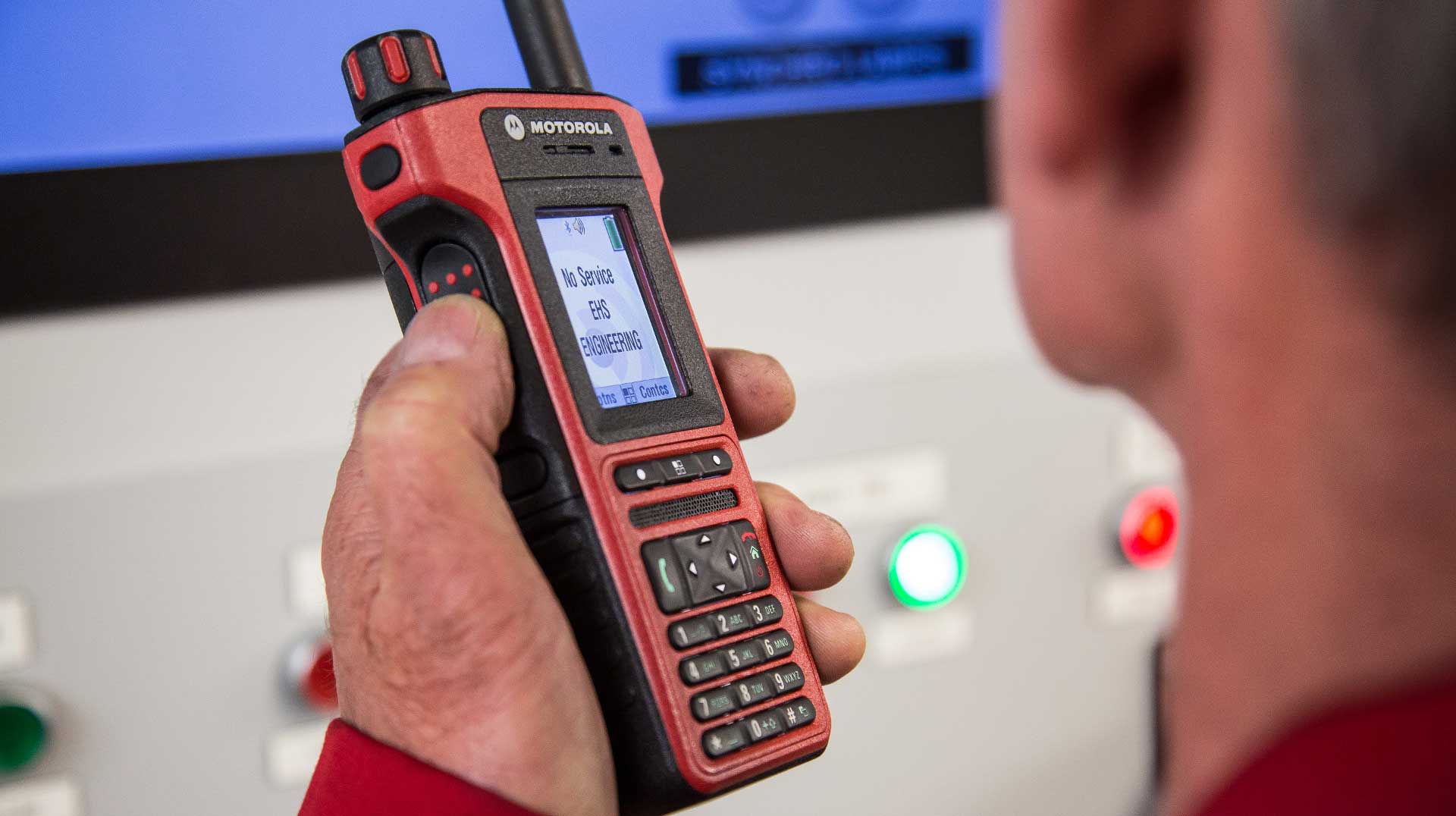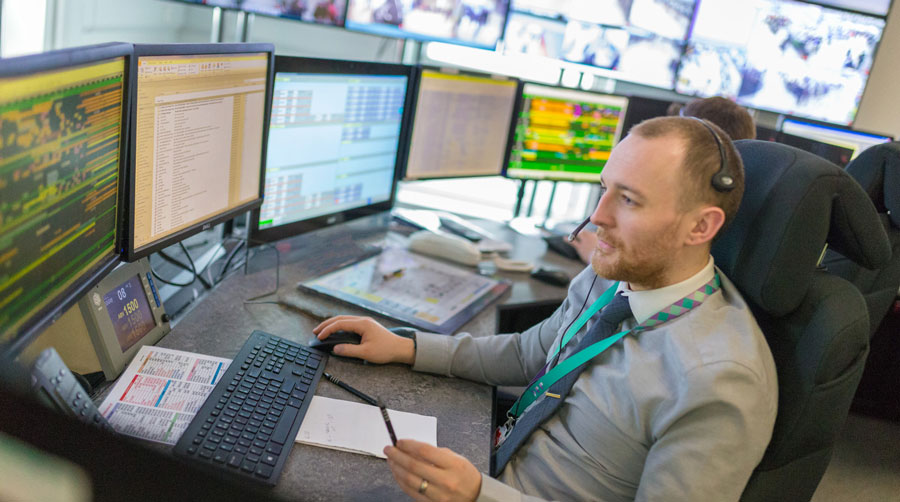In an era of evolving threats and rapid technological advancements, maintaining a high level of situational awareness is paramount for law enforcement agencies. This ability to understand the environment, identify potential threats, and make informed decisions is no longer a luxury but a necessity for the safety and well-being of your officers and community.
In this guide we’ll explain what situational awareness is, its importance in policing, and how to improve it.
What is situational awareness?
Situational awareness is not just about being alert. It’s about understanding the context of every situation, recognizing patterns, and predicting potential outcomes. It’s about having the information you need to anticipate threats, make informed decisions, and react effectively to emergencies.
Why is situational awareness important for law enforcement?
Situational awareness is especially critical in the unpredictable and often-dangerous world of law enforcement. In law enforcement, you often face situations where information is limited, and the stakes are high. Situational awareness can mean the difference between reacting effectively to an emergency or facing a dangerous situation unprepared. Imagine responding to a situation where you have no knowledge of the area, the individuals involved, or potential risks. This is where situational awareness becomes critical.
Situational awareness allows you to identify potential threats, make informed decisions, react appropriately, enhance officer safety and improve community trust.
Identify potential threats: With greater situational awareness, you can quickly recognize signs of danger, like a suspicious person, a weapon, or a hostile environment.
Make informed decisions: By understanding the situation, you can make more informed decisions about how to respond to a threat. Think of how a drone might capture footage of a suspicious package, or how a real-time mapping system could alert you to an area with a sudden spike in activity.
React appropriately: With a clear understanding of the situation, you can react more quickly and effectively to potential dangers.
Enhance officer safety: Situational awareness is a key component of officer safety, as it allows you to anticipate and avoid potential threats, reducing the risk of injury or death.
Improve community trust: Officers who demonstrate strong situational awareness are more likely to be perceived as competent and trustworthy by the community.
How to improve situational awareness for law enforcement
Improving situational awareness is a continuous process that involves a combination of training, technology, communication and mindset.
Here are some key strategies you can implement in your department:
Training: The Foundation of Effective Situational Awareness
Situational Awareness Training: Provide officers with dedicated training on situational awareness, covering topics such as perception, interpretation, prediction, and decision-making.
Scenario-Based Training: Simulate real-world scenarios that challenge officers to think critically and apply situational awareness principles. Consider using immersive technology, like virtual reality, to enhance the training experience.
Tactical Training: Focus on training for specific situations, such as active shooter scenarios, domestic violence calls, and high-risk traffic stops.
De-escalation Techniques: Train officers on effective de-escalation techniques to reduce the need for force and improve safety for both officers and the public.
Mental Health Training: Educate officers on how to recognize signs of mental health distress and implement appropriate responses, such as de-escalation techniques, crisis intervention, and connecting individuals with mental health resources.
Harnessing Technology: Enhancing Situational Awareness through Innovation
Internet of Things (IoT): Sensor and video analytics can be used to monitor traffic flow, weather conditions, noise levels, and detect anomalies that could indicate potential threats. They could help identify an abandoned package in a park or detect a sudden change in traffic patterns indicating a possible collision.
Body cameras and in-car video: These devices can provide valuable evidence and improve officer accountability. The recordings can also be used for training and debriefing purposes, highlighting opportunities for improvement in situational awareness. Live video streaming of body cameras and in-car video systems also allows command center staff or supervisors to provide remote support to officers in real time.
LPR (License Plate Recognition): These systems can track vehicles, identify stolen vehicles, and even alert you to potential threats based on vehicle history.
Drones: Drones provide a unique perspective, giving you a wider view of the scene and allowing you to assess situations more effectively, especially in complex environments or during high-risk events.
GIS (Geographic Information Systems): GIS software maps critical information, such as building layouts, evacuation routes, and potential hazards, providing a comprehensive visual understanding of the situation.
Mobile CAD (Computer-Aided Dispatch): Mobile CAD systems can be leveraged from the field to access real-time data on incident locations, responding units, and available resources.
Next-Generation 911 (NG911): This technology allows callers to send text messages, photos, and videos directly to 911, providing crucial details about the emergency.
Two-Way Radio Systems: Upgraded radio systems offer clearer communication and enhanced range, improving coordination between officers and dispatch.
Image Comparison Software: Image comparison technology can be used to identify suspects, missing persons and recognizable characteristics of the scene. When implementing this technology, ensure that appropriate policies and procedures are in place to protect civil liberties and privacy.
Social Media Monitoring: Social media platforms can provide valuable insights into the situation, capturing eyewitness accounts, images, and videos from the scene.
Situational Awareness Software: This software brings real-time data inputs together for a common operating picture to provide real-time intelligence to the field.
Shared Sight: Boosting Communication and Collaboration
Real-Time Information Sharing: Implement systems that allow officers to share real-time information about the situation, including their location, observations, and potential threats. For example, officers can use their radio emergency button press to communicate the location of an emergency without needing to go over the air.
Interagency Communication: Establish enhanced communication between different agencies (fire, EMS, public works) to share information and coordinate response efforts effectively. Software solutions such as CommandCentral Aware and Rave Link allow agencies to share real-time data for enhanced collaboration and mutual aid.
Public-Private Partnerships: Foster strong relationships and communication channels with community organizations, enabling them to provide valuable information and insights. Tools such as Protected Places facilitate more seamless collaboration, including data and camera sharing, for law enforcement with private partners.
Mindset: Cultivating a Culture of Vigilance
Promote a Culture of Awareness: Encourage officers to be vigilant and attentive at all times. Remind them that even routine calls can turn dangerous quickly, and that complacency can be deadly.
Encourage Mindfulness: Promote mindfulness practices among officers, such as meditation, yoga, or deep breathing exercises. These practices can help officers stay focused, reduce stress, and enhance their ability to perceive and process information.
Regular Wellness Check-ups: Offer officers access to regular mental health check-ups. Encourage them to seek help when they need it and to talk about the challenges they are facing.
Open Communication: Foster a culture of open communication within your department. Encourage officers to talk about their experiences, share their concerns, and seek guidance from their supervisors.
Continuous Learning: Stay up-to-date on the latest threats, crime trends, and techniques for improving situational awareness.
Reward and Recognize: Acknowledge officers who demonstrate exceptional situational awareness, reinforcing its importance.
Situational Awareness for Emergency Response
In the fast-paced world of emergency response, every second counts. In fact, up to 10,000 lives in the United States alone could be saved by the reduction of one minute from 911 call until properly equipped and informed response personnel arrive at the scene.
This is why situational awareness plays a crucial role in effectively addressing emergencies. With enhanced situational awareness, responders can better assess the severity of an event, navigate complex environments, and coordinate their actions with other agencies, ultimately leading to faster and more effective responses.
Examples: Real-World Applications of Enhanced Situational Awareness
Active Shooter Response: A school shooting occurs, and the department deploys officers to secure the perimeter. Real-time camera mapping and video livestreams reveal the suspect’s movement pattern, allowing officers to anticipate their next move and deploy resources accordingly.
Traffic Stop: While conducting a traffic stop, an ALPR system identifies the vehicle as stolen. This alerts the officer to a potential threat and allows them to take appropriate precautions.
Suspicious Activity: A public camera feed captures footage of an abandoned package in a public park. An AI algorithm detects the anomaly, alerting officers who investigate the package, preventing a potential bomb threat.
Hostage Situation: A drone provides a bird’s-eye view of a hostage situation, providing officers with a better understanding of the environment and the positions of those involved.
A Human-Centered Approach to Situational Awareness: Saving Lives with Every Decision
It is important to maintain a human-centered approach to situational awareness. New advancements and technology should enhance, rather than replace, the critical human judgment that drives successful emergency response. It’s vital to remember that technology is a tool, not a solution in itself. While advanced systems can provide valuable insights, human judgment and decision-making remain essential for interpreting the context, making informed decisions, and ultimately, ensuring the safety and well-being of all involved.
Situational Awareness for a Safer Community
By implementing these strategies, you can create a more proactive and effective police department that is better equipped to meet the challenges of modern-day policing. Remember, situational awareness is an ongoing process, and it requires constant attention and effort. By prioritizing this essential skill, you can help your officers stay safe and ensure that your community is protected.




